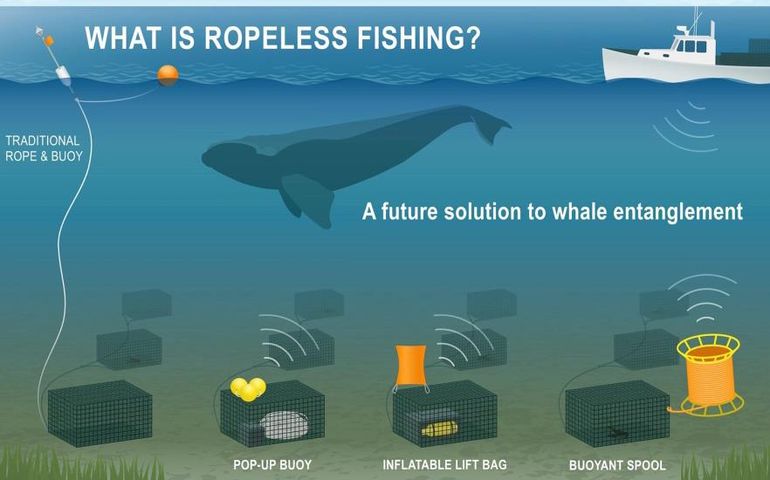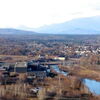
Processing Your Payment
Please do not leave this page until complete. This can take a few moments.
- News
-
Editions
-
- Lists
-
Viewpoints
-
Our Events
-
Event Info
- Business Leaders of the Year Reception 2025
- Women's Leadership Forum 2025
- On the Road with Mainebiz in Bethel
- Health Care Forum 2025
- On The Road with Mainebiz in Greenville
- On The Road with Mainebiz in Waterville
- Small Business Forum 2025
- Outstanding Women in Business Reception 2025
- On The Road with Mainebiz in Bath
- 60 Ideas in 60 Minutes Portland 2025
- 40 Under 40 Awards Reception 2025
- On The Road with Mainebiz in Lewiston / Auburn
- 60 Ideas in 60 Minutes Bangor 2025
Award Honorees
- 2025 Business Leaders of the Year
- 2024 Women to Watch Honorees
- 2024 Business Leaders of the Year
- 2023 NextUp: 40 Under 40 Honorees
- 2023 Women to Watch Honorees
- 2023 Business Leaders of the Year
- 2022 NextUp: 40 Under 40 Honorees
- 2022 Women to Watch Honorees
- 2022 Business Leaders of the Year
-
-
Calendar
-
Biz Marketplace
- News
- Editions
- Lists
- Viewpoints
-
Our Events
Event Info
- View all Events
- Business Leaders of the Year Reception 2025
- Women's Leadership Forum 2025
- On the Road with Mainebiz in Bethel
- Health Care Forum 2025
- On The Road with Mainebiz in Greenville
- + More
- On The Road with Mainebiz in Waterville
- Small Business Forum 2025
- Outstanding Women in Business Reception 2025
- On The Road with Mainebiz in Bath
- 60 Ideas in 60 Minutes Portland 2025
- 40 Under 40 Awards Reception 2025
- On The Road with Mainebiz in Lewiston / Auburn
- 60 Ideas in 60 Minutes Bangor 2025
- - Less
Award Honorees
- 2025 Business Leaders of the Year
- 2024 Women to Watch Honorees
- 2024 Business Leaders of the Year
- 2023 NextUp: 40 Under 40 Honorees
- 2023 Women to Watch Honorees
- 2023 Business Leaders of the Year
- + More
- 2022 NextUp: 40 Under 40 Honorees
- 2022 Women to Watch Honorees
- 2022 Business Leaders of the Year
- Nomination Forms
- Calendar
- Biz Marketplace
Ropeless fishing, called ‘crazy’ by some, could be real in five years
 Courtesy / Northeast Fisheries Science Center
This image shows three types of ropeless fishing on the right, compared with the use of a traditional rope connected to a surface buoy, on the left.
Courtesy / Northeast Fisheries Science Center
This image shows three types of ropeless fishing on the right, compared with the use of a traditional rope connected to a surface buoy, on the left.
The possibility of hauling lobster traps from the ocean’s bottom by using an acoustic signal rather than a length of rope has been called crazy and viewed as impossibly expensive by many in the lobster industry.
But trials underway off the Massachusetts coast could be moving the impossible to the realm of reality, according to Sean Hayes, chief of the protected species branch at the Northeast Fisheries Science Center in Woods Hole, Mass.
Although the trials are in Massachusetts, Maine is the nation’s biggest lobster fishery, with over 100 million pounds landed last year.
Hayes presented an update on the technology to the New England Fishery Management Council at its virtual meeting in earlier this month.
Studies of the technology were launched in response to the decline of the endangered North Atlantic right whale, which migrates through U.S. and Canadian waters that also are lobstering grounds. Vessel collisions and fishing gear entanglements are considered the two leading causes of injury and death of the whales.

The center proposed a ropeless fishing technology program in late 2017 and began studying the options in 2018 using internal funding. In 2020, the center received $1 million in federal funds to accelerate the program, Hayes said.
The center has been working on the project with about 10 fishermen, most from Massachusetts.
“Ropeless” fishing involves removing the vertical line that connects the trap on the ocean’s bottom to a surface buoy, and instead provides a remote-control mechanism to raise the trap.
There are different styles of retrieval systems to recover the traps; all rely on an acoustic communication system between the fishing vessel and the gear on the bottom, Hayes explained.
A trap can be pre-set with a lifting device, such as a pop-up buoy, air-filled lift bag or a buoyant spool. An acoustic signal sent from a digital device on the vessel triggers the release of the lifting device, and raises the trap to the surface.
Successful tests
Ropeless technology may be an alternative to a ban on fishing in areas frequented by the whales, at least during certain times of the year.
The Northeast Fisheries Science Center has been working with 10 companies on ropeless systems. Several options are commercially viable and one company has told the center it could produce 100,000 units within two years and 1 million units within six years.
The center has also been experimenting with a timer-release system. And custom ropeless systems are being designed for different depths.
“We’ve had a lot of successful testing in shallow waters in the Massachusetts fishing area,” Hayes said.
The pandemic curtailed tests that were planned in offshore waters this year. But some offshore testing still happened and revealed that the logistics of working in deep water were challenging: Some boats were successful, others had difficulty retrieving gear.
Hayes said a major challenge is the potential for gear conflict issues between fishermen who use mobile gear — such as fishing boats that drag nets on the ocean’s bottom — versus fishermen who use traps, which stay in one place on the bottom.
In the trap fishery, buoys on the vertical line system provide visual markers that give mobile-gear operators a general sense of where gangs of traps are located.
Hayes said the technology could be available for low-density fishing areas within five years and, potentially, significantly sooner depending on cost. The goal is to try ropeless fishing first in areas with minimal gear conflict, with a small group of fishermen. As that group becomes more comfortable with the technology and shares their thoughts with others, the industry as a whole might see its feasibility, and the technology could spread into more complex habitats, Hayes said. At the same time, he said, chart-plotting technology could evolve that makes it possible for fishermen to "see" where each other’s gear is.
“There’s the social awareness of the solution and the technological component to the solution,” he said.
The center aims to promote social awareness through workshops with stakeholders, he added.
The center is also looking at how much ropeless fishing might cost individual fishermen, he said. The prototypes can cost thousands of dollars per unit.
“We know that’s just not feasible,” he said.
The expectation is that the cost will become substantially cheaper as mass production kicks in, but there’s no projection yet of what the price tag might be.
The discussion came on the heels of new findings that the estimated number of North Atlantic right whales plummeted from 483 in 2010 to 366 whales as of January 2019.
Mainebiz web partners
Maine lobstermen have not been found responsible for any entanglement deaths in decades. Ropeless fishing will never be viable and all the new laws are just feel good measures while ignoring the Canadian snow crab entanglements and ship strikes.










3 Comments